| Nothing lasts forever and it is with some, but not as much as I might have expected, regret that I have decided to take the executive decision to call it a day for CRITgroup. In many ways, the entire initiative was more successful than I could possibly have hoped and it is so gratifying that as many people interacted with and through the group as they did. I feel we can take real pride as a group in the many genuinely productive meetings we enjoyed as well as the peaks that were the first collaborative project and the CRITshow, almost exactly 2 years ago in May 2013. I am also incredibly grateful on a personal level, to all our wonderful speakers who took the time to share their work with us, and to everyone who contributed to the sessions, be that through full engagement with a collaborative project, helping out with bits of admin and organisation, or simply providing an interesting opinion. We recently decided to halve our meetings to a bimonthly schedule as various members were finding it difficult to make the sessions, be this due to changes in various practices, other creative commitments or a variety of other 'life things'. |
| As such, attendance had dropped off, and despite a continued verbal interest, it became clear that the group was no longer performing the same functional utility for many of us for whom it had provided motivation and stimulus. Following that change to the schedule, things have not particularly changed and I no longer perceive the investment in time and organisation on my part to be generating a sufficient level of return for either my, or anyone else's practice. | |


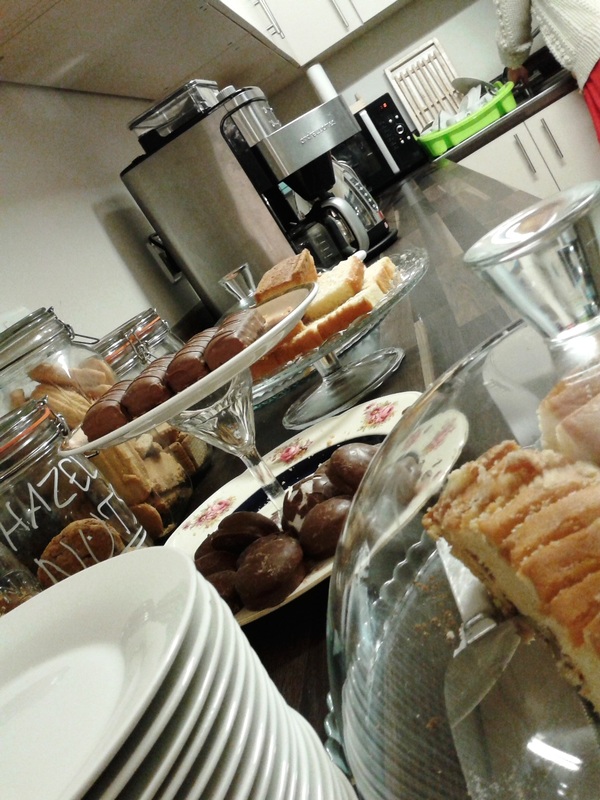
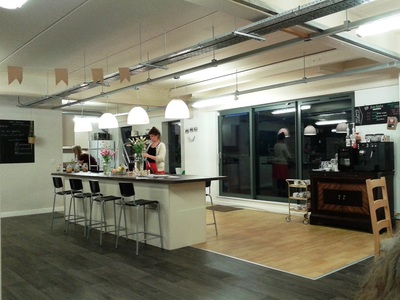
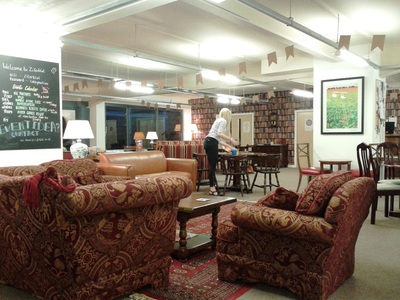
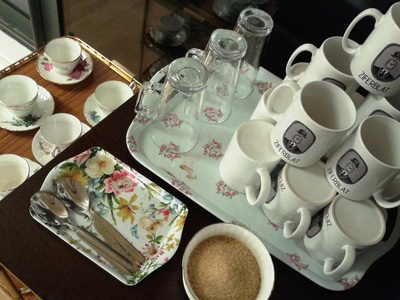
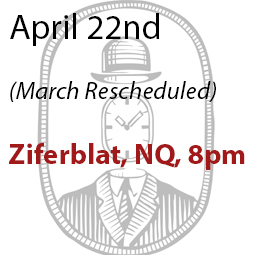
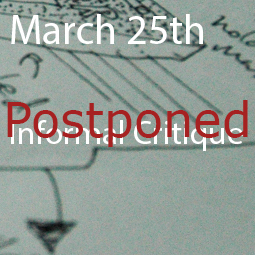
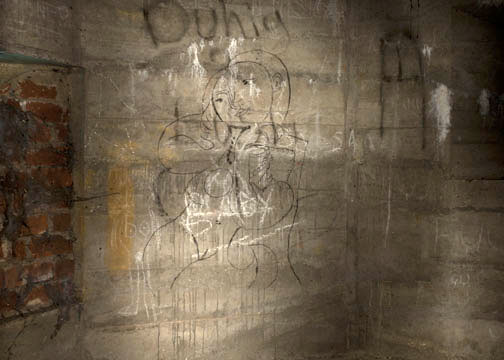
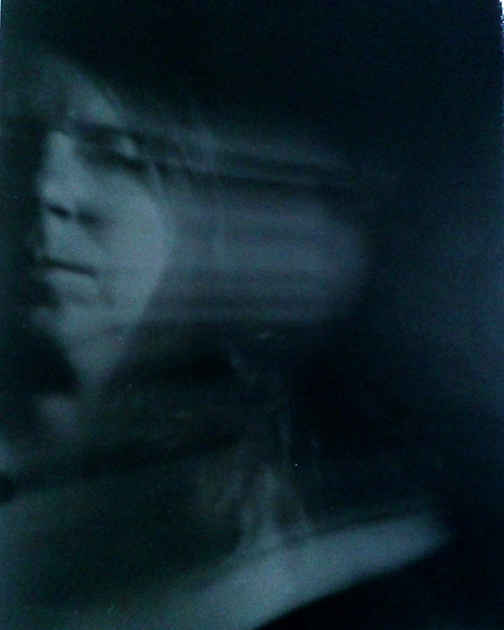
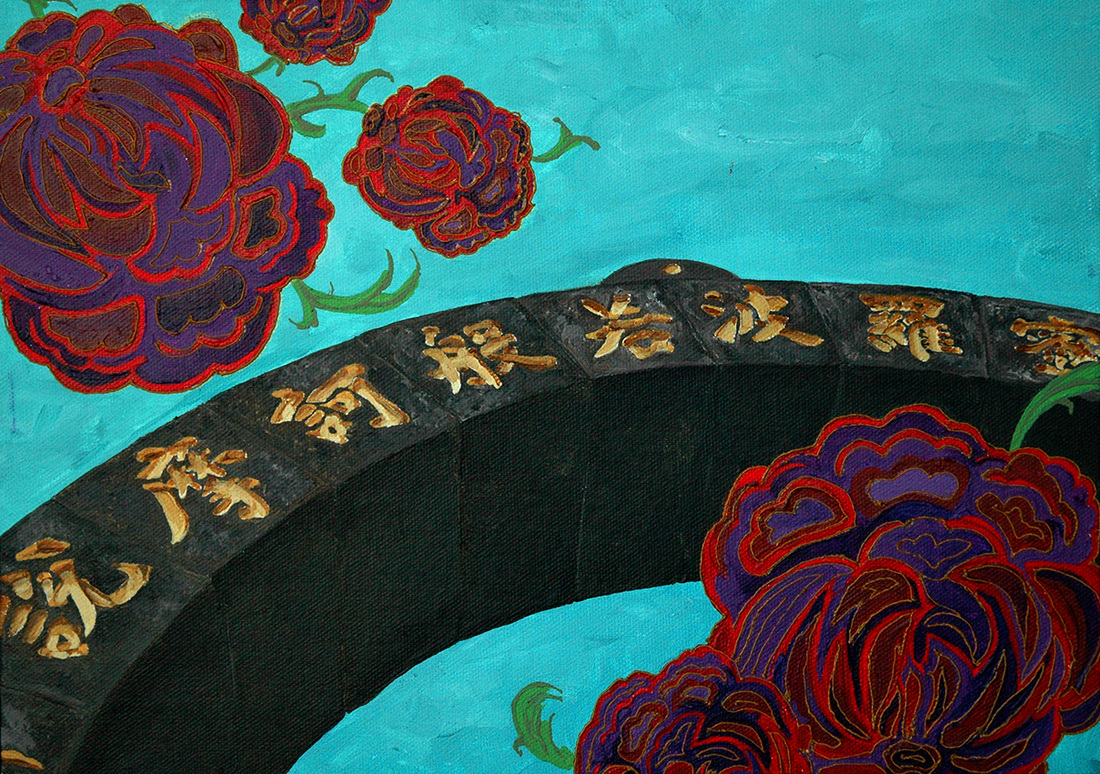
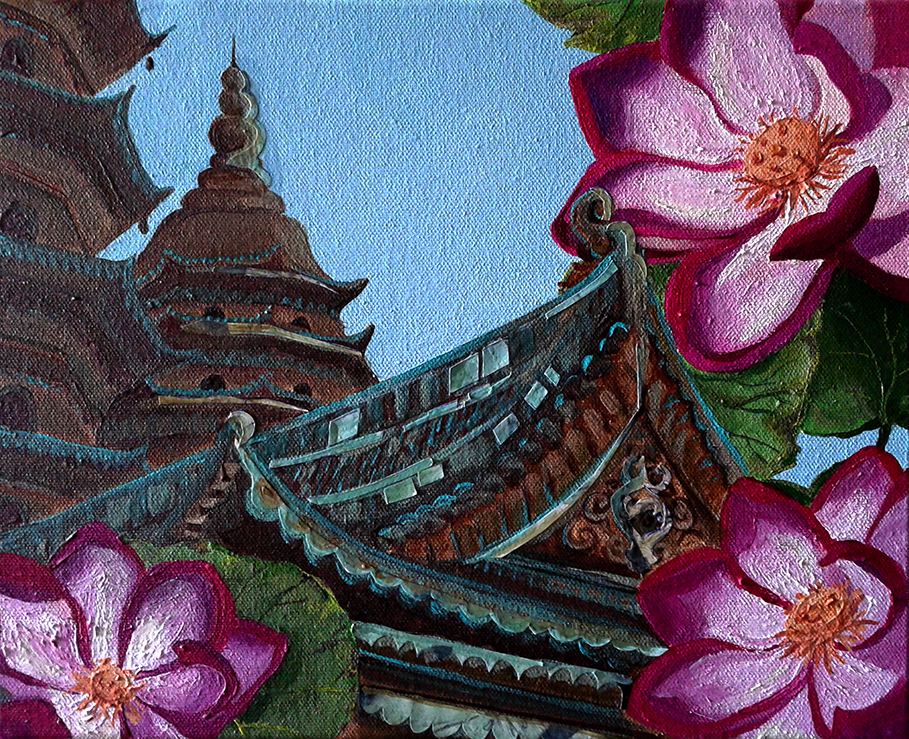
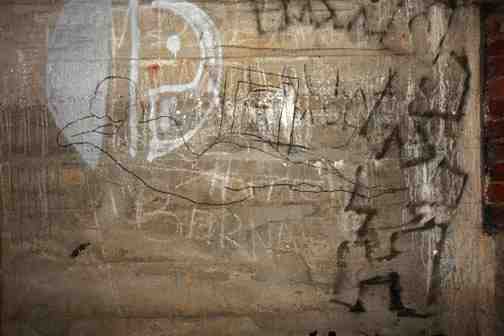
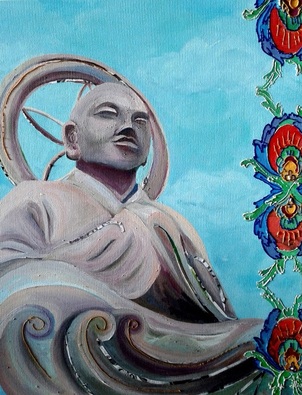
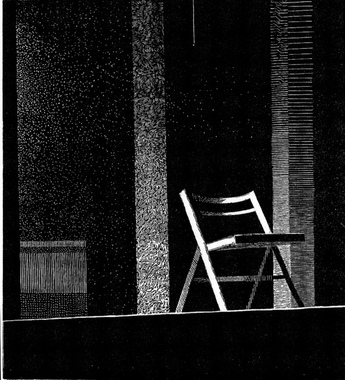
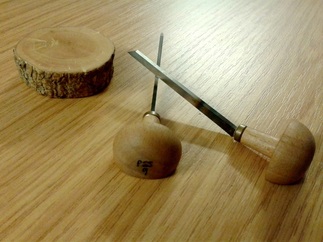
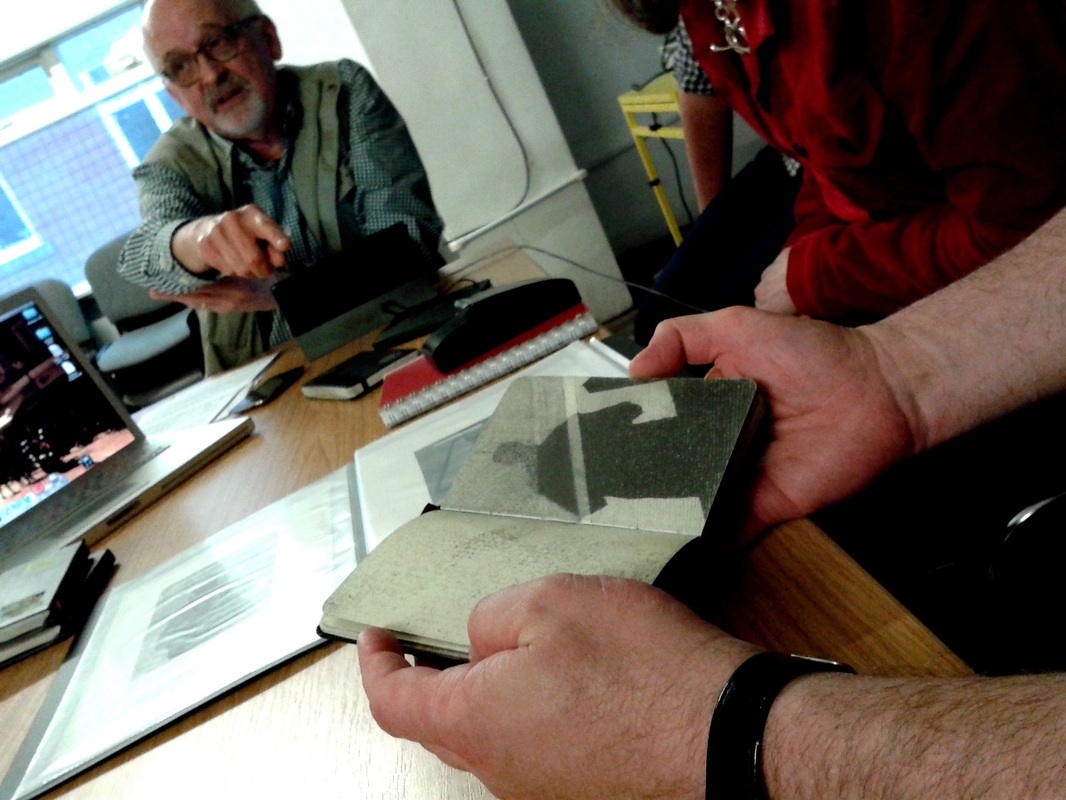
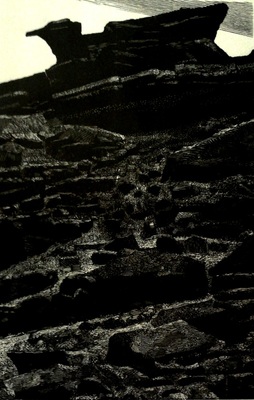
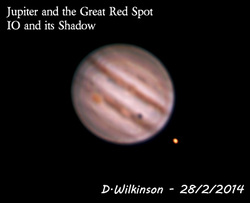
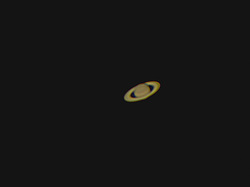
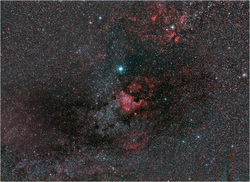
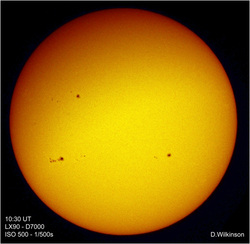
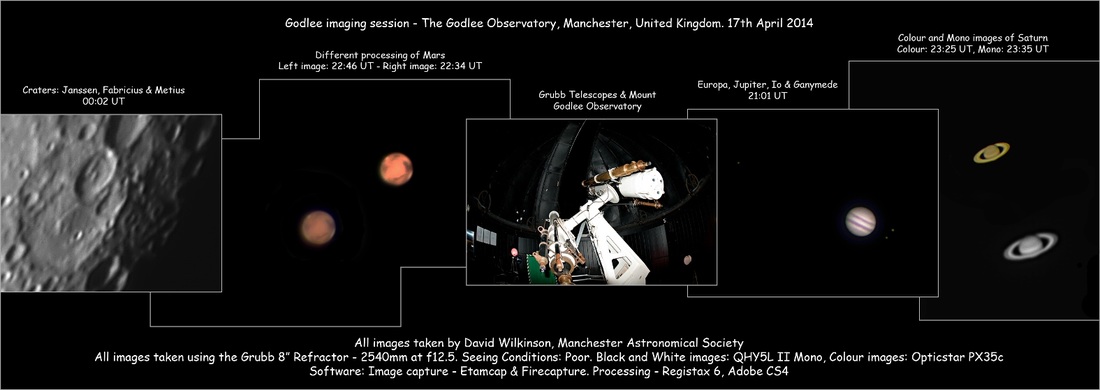
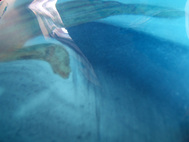
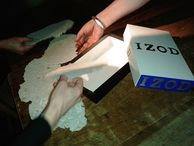
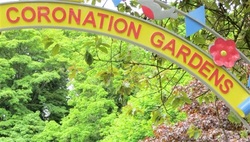
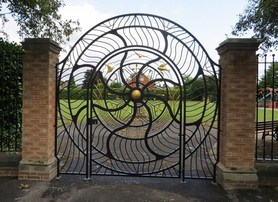
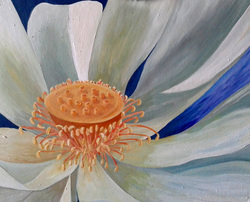
 RSS Feed
RSS Feed
